The Leica M11 series now consists of three cameras. We have the original M11 which I very much enjoyed using on the streets of New York. Then, the M11 Monochrom was released and became an instant classic. I loved taking black-and-white images with it all over Montana. Now we have the release of the M11-P which apart from some minor cosmetic changes is largely the same as the original M11. So, why then should we get excited about such a similar camera?
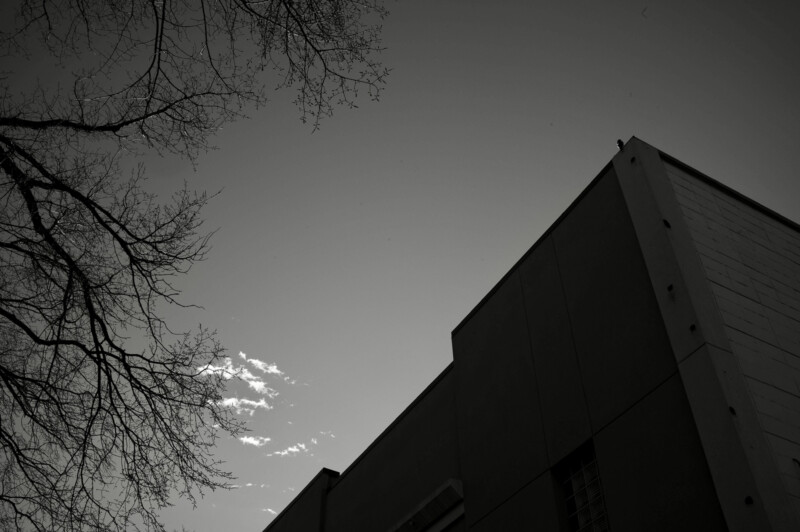
Leica M11-P: What Has Stayed the Same?
Let’s start with the features of the Leica M11-P that are shared with the other M11 models. The M11-P has the same fixed bottom plate that I love and that the purists do not. Battery access is simple and the USB-C port is present for both connecting and charging the camera. The position of said USB-C port is still questionable due to the inconvenience it represents when a cable is attached. No longer can the camera be set on a flat surface without placing it sideways or with the screen down.
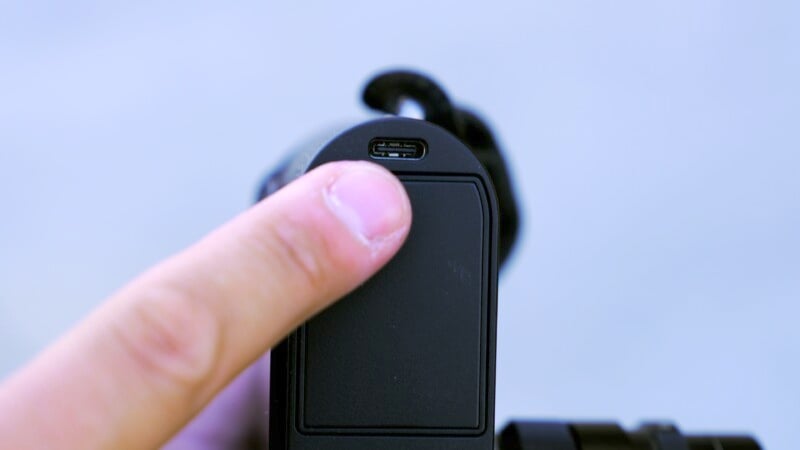
There is still only one UHS-II speed SD card slot but we now get the upgraded 256GB built-in storage that debuted on the M11 Monochrom. This is such a handy feature that can act as either primary storage or a robust backup for when a card is forgotten or fails. Otherwise the “P” version does away with the red Leica dot on the front and has a handsome script engraving on the top plate. Both discreet and classy all at the same time.

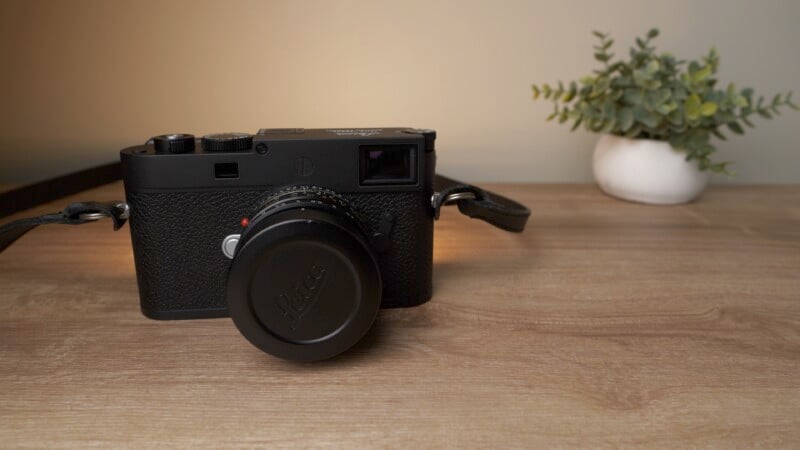
Image quality is going to be identical to the original M11, which is to say, excellent. 60-megapixels provide ample resolution and detail, and the low-light performance is excellent, with a pleasing, natural look to the noise patterns. I particularly like how Leica renders color and the monochromatic color profiles are stellar.
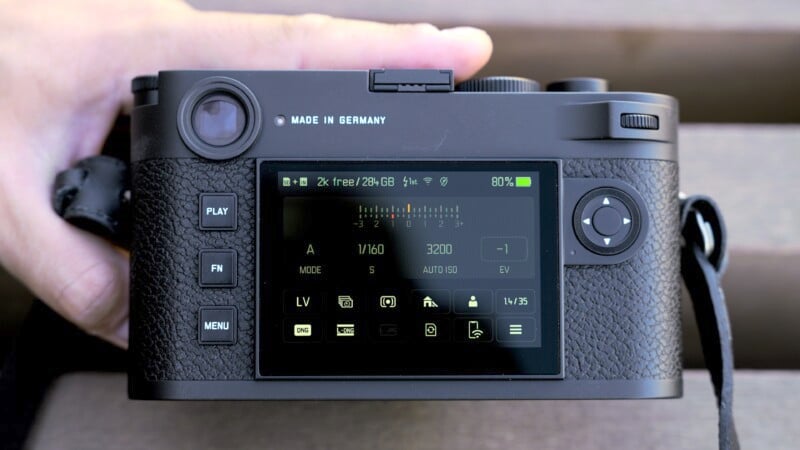
Leica M11-P: A New Feature for a New Age
Doubtless, you have seen the world of photography changing quite rapidly with computational photo technology in smartphones and the advent of AI-based imaging. There are more ways than ever to arrive at a compelling final image and the rules and boundaries of what constitutes a photograph are ever-changing. In particular, there are certain fields of photography like Photojournalism where the truth of a story is not only essential but can cause untold harm if allowed to be faked convincingly.


The world of media as we know it today is plagued with opinion and misinformation so there has been a recent attempt by a consortium called the C2PA or Coalition for Content Provenance and Authenticity to provide a solution. Headed by large industry giants such as Adobe, Nikon, BBC, Intel, Microsoft, and Sony, to name a few, the C2PA has devised a way to securely embed any information relevant to the altering of images within the EXIF data of said files. These changes are protected by hash codes and certified digital signatures.
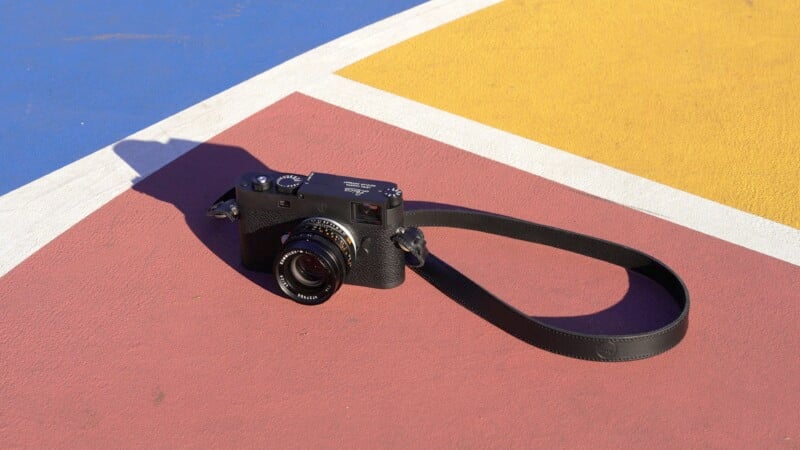
Leica has now joined the C2PA and the M11-P is the first camera in its lineup to conform to the CAI and C2PA standards. It will definitely not be the last.
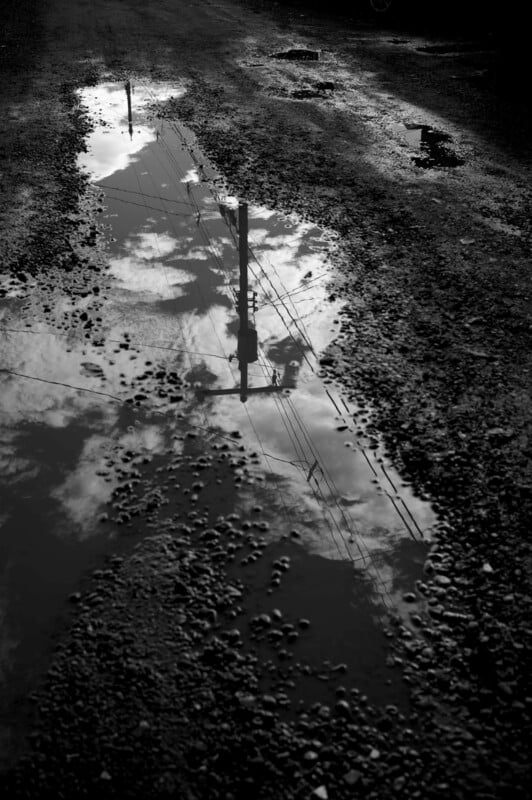
One use of this technology is to protect the original creator copyright and ownership rights by making the origin of the files unmodifiable without tripping the alarms. Another critical use case will be to show any steps along the editing process that have been carried out. An image can be certified for journalistic purposes to be unedited, or to show any steps that have been carried out to exposure or cropping. Furthermore, any steps to merge the image with another or to replace faces and backgrounds would similarly be recorded.

Leica M11-P: Looking Forward
The goal of the C2PA standard is not to make the editing process any more difficult but to provide accountability anytime the veracity of an image needs to be confirmed. This makes the Leica M11-P the first of its kind to provide these protections to ensure the integrity of any images made with it. The M11-P would make an excellent art photography camera, wedding camera, or photojournalist tool that protects the creator’s files from copyright infringement and maintains its journalistic integrity. I think we will see many more cameras join this movement in the future, and I think it is an important standard to follow as our industry evolves.

Alternatives:
So far no other camera supports C2PA standards but for a similar shooting experience, the original Leica M11 is still a formidable choice. You only get 64GB of built-in memory in lieu of the 256GBs in the M11-P, but otherwise, it is essentially the same shooting experience.
Should You Buy It?
Maybe. The defining factor will really only come down to a minor aesthetic preference or the conformity to C2PA standards.
